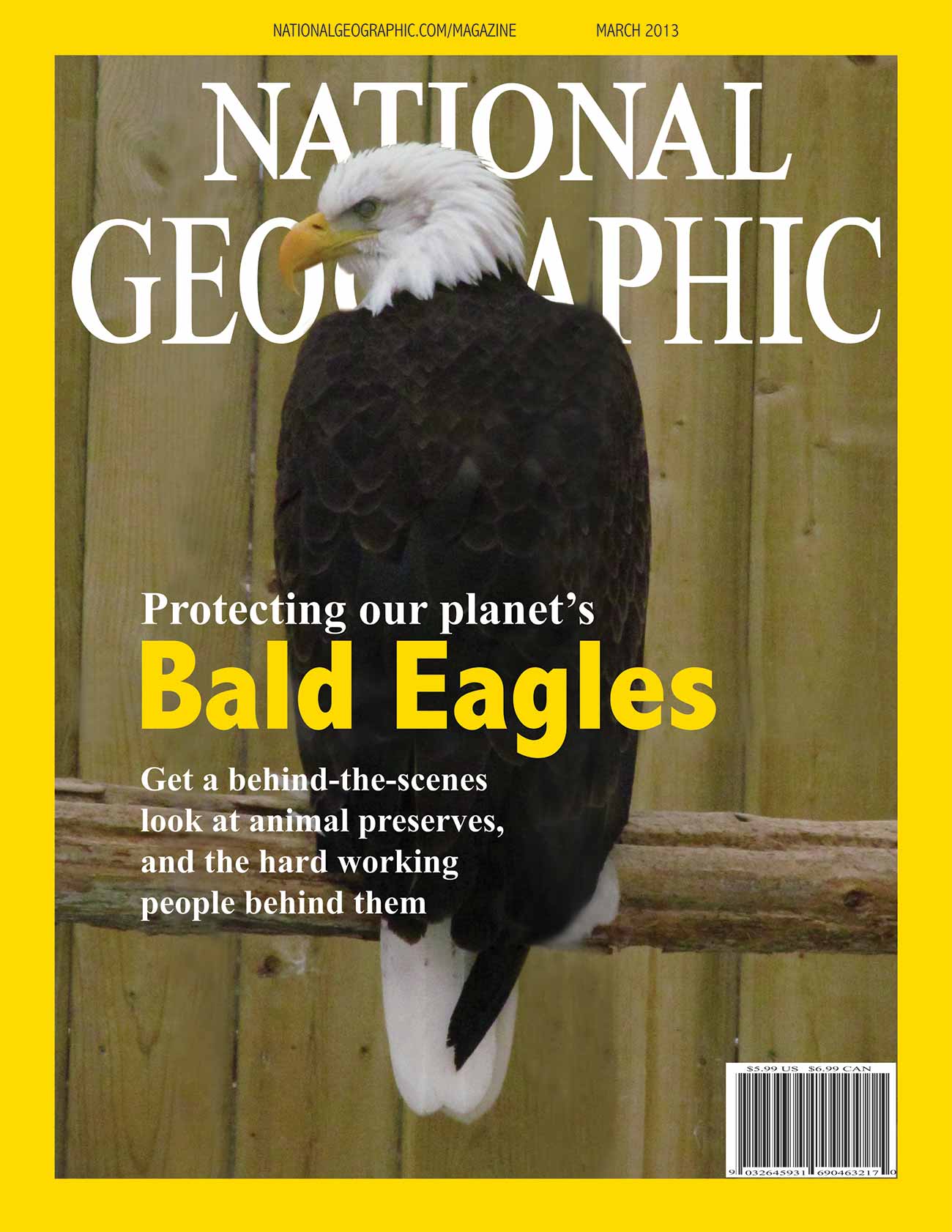National Geographic magazine, with its iconic yellow-bordered covers, has captivated audiences since its inception in 1888. These covers are not merely a prelude to the articles they envelope; they are windows into the tapestry of natural wonders, cultural richness, and pressing global challenges. Each one often begets a sense of curiosity and intrigue, inviting readers to explore the profound narratives encapsulated within each issue.
At first glance, one might observe the striking imagery featured on the cover, which is frequently breath-taking, depicting wildlife in vibrant detail or awe-inspiring landscapes that evoke wanderlust. One of the most remarkable aspects of these covers is their artistic representation of reality. They manage to showcase the beauty of the Earth while simultaneously alluding to the fragility of the ecosystems they portray. This duality—a celebration of natural beauty alongside a reminder of environmental precariousness—imbues the covers with a sense of urgency.
Delving deeper, it becomes evident that the choice of imagery is not arbitrary. A National Geographic cover effectively serves as a visual ambassador for the themes explored in the issue. For instance, recurring motifs of climate change may be represented through images of melting glaciers, endangered species, or deforested landscapes. Each image subtly cultivates an awareness of ecological degradation, thrusting the reader into a landscape of reflection and, often, concern.
The fascination with National Geographic covers also stems from their inherent storytelling power. They possess the unique ability to convey complex narratives through singular visuals. Consider the photograph of a polar bear precariously perched on a diminishing ice cap. This arresting image not only illustrates the harsh realities of climate change but also evokes empathy. It compels the viewer to grapple with the idea that our planet’s health is intimately intertwined with the survival of its inhabitants, urging a collective responsibility.
Moreover, National Geographic covers frequently delve into cultural exploration and human impact on the environment. Representations of indigenous communities and their relationship with the land can ignite an awareness of biodiversity and cultural preservation. These covers challenge the perception of nature as a separate entity from humanity, reinforcing that human activity indelibly shapes the landscapes we inhabit. This nuanced portrayal fosters a sense of global interconnectedness, where the actions of one geographic location can reverberate across the globe.
The magazine’s covers also highlight the dichotomy between exploration and exploitation. As humanity ventures further into pristine environments for the sake of photography or tourism, there exists a looming threat of degradation. Each cover ignites a dialogue about sustainable practices and the ethics of exploration. Readers are invited to reflect on their own roles; they are not merely observers but participants in a broader narrative about conservation and stewardship of the Earth.
Additionally, the aesthetics of National Geographic covers are crafted with meticulous attention to detail, often transcending the bounds of conventional photography. The magazine’s commitment to high-quality imagery elevates the visual element to an art form, reminiscent of fine art in galleries. This artistic approach fosters a deeper engagement with the subject matter, making the cover an object of contemplation and admiration.
This captivating blend of art and activism is also a hallmark of National Geographic. Each cover is a clarion call for action on pressing environmental issues, whether addressing climate change, habitat loss, or the plight of endangered species. The imagery demands that readers consider the ethical implications of their everyday choices, from consumption habits to environmental advocacy. It serves as a visual touchstone, a reminder that awareness must translate into action.
Furthermore, the recurrence of certain themes across different covers evokes a sense of continuity. As societal awareness surrounding environmental issues evolves, so too does the magazine’s visual narrative. Issues that were once peripheral, such as plastic pollution and climate justice, have gained prominence, reflecting the shifting landscape of public consciousness. This adaptability reinforces the magazine’s role as a thought leader in environmental discourse and activism.
As we reflect on the impact of National Geographic magazine covers, it becomes increasingly clear that these visuals can inspire both thought and action. They harness the power of imagery to transcend language barriers and cultural differences, appealing to a universal instinct to protect our planet. The fascination they elicit goes beyond mere aesthetic appreciation; they challenge us to confront the uncomfortable realities facing our world.
In conclusion, National Geographic covers encapsulate a rich confluence of art, storytelling, and environmental consciousness. They furnish readers with profound reflections on the intricate relationship between humans and the natural world. These covers do not merely inform; they inspire readers to ponder their agency in the face of climate change and ecological degradation. Understanding this multifaceted appeal can galvanize a collective movement towards a more sustainable future, reinforcing the notion that every image holds the potential to effect change. As such, we are called not just to admire, but to act.
